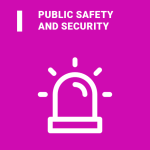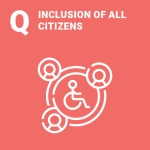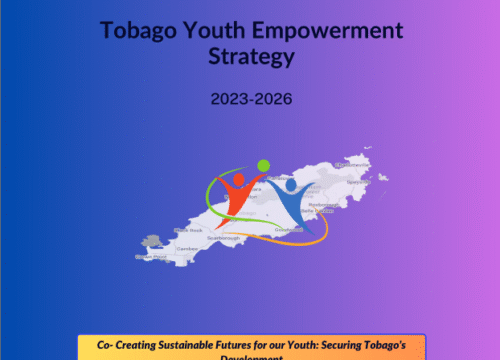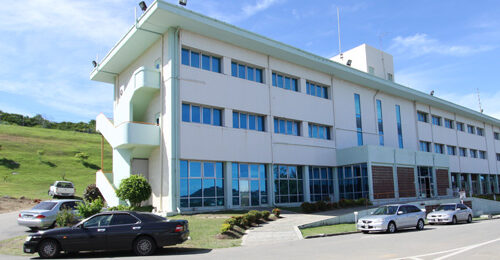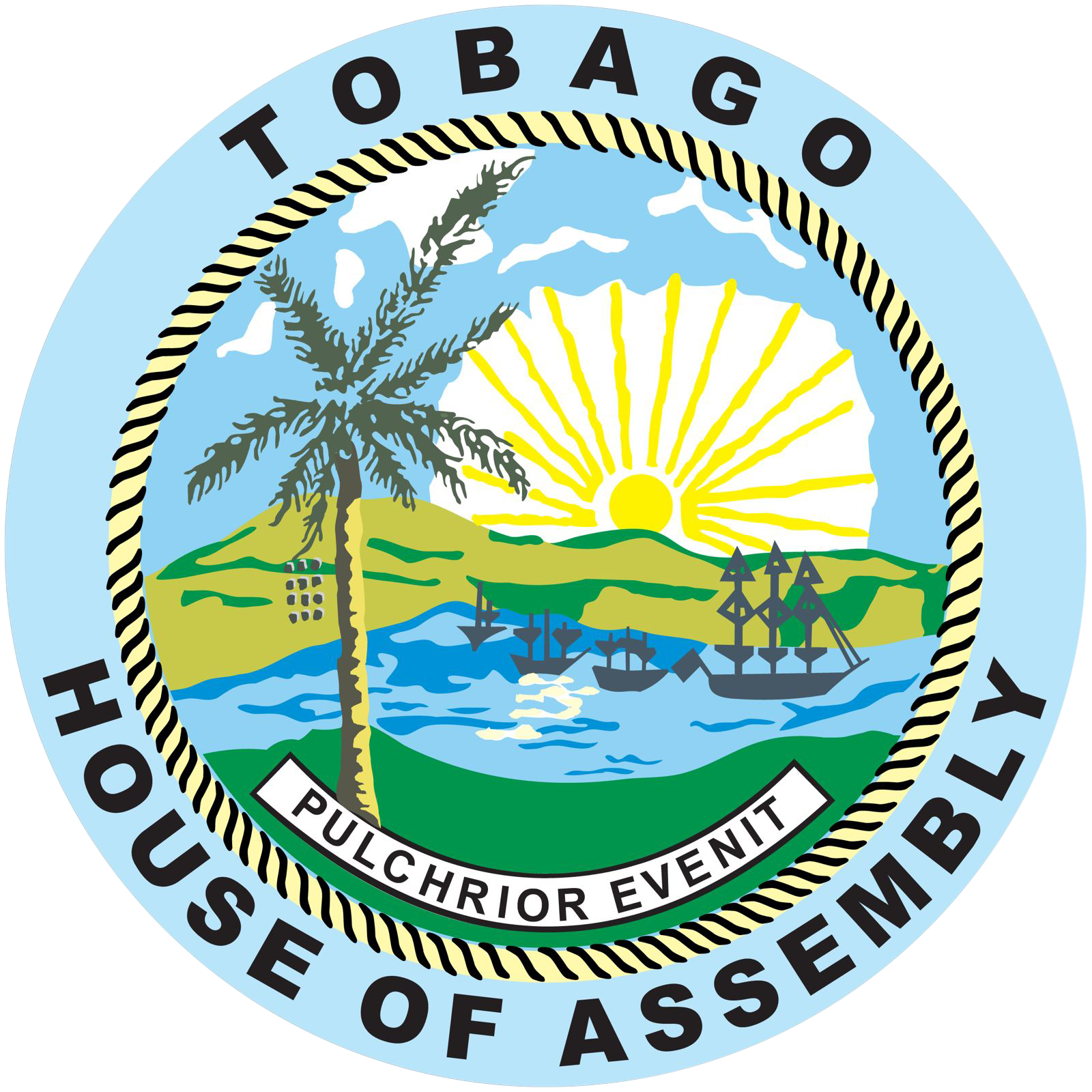DEVELOPMENT AGENDA PRIORITY I: A population that is safe and secure.
About the
PriorityPerformance
benchmarksMajor
ConcernsSelected
Focus
AreasTargets &
IndicatorsPolicies, Plans
& ProgrammesProjects
PriorityPerformance
benchmarksMajor
ConcernsSelected
Focus
AreasTargets &
IndicatorsPolicies, Plans
& ProgrammesProjects
About priority I
- The primary role of any government is to protect and promote the fundamental rights and freedoms of all its citizens, residents and visitors, particularly the right to enjoy their property.
- Presently, the government of Trinidad and Tobago is responsible for promoting and protecting the fundamental rights and privileges of all citizens and residents of Trinidad and Tobago, and all visitors to the country.
- Since the Tobago House of Assembly lacks the legislative authority to protect Tobagonians, Tobago residents and visitors, the achievement of Priority I depends on fulfilling Development Agenda Priority F, constitutional autonomy.
- Although the THA does not possess the legal authority, it will continue to collaborate with public and private security agencies and community organizations throughout Tobago to ensure the safety and security of all Trinidad and Tobago citizens, residents, and visitors.
Primary performance benchmark: Priority I
-
Benchmark: On a scale of 10, achieve a safety and security satisfaction score among citizens, residents and visitors in Tobago of at least eight by 2030 and at least nine by 2035.
-
Indicator of progress/success: Safety and security satisfaction score year-over-year.
-
Benchmark country: Iceland.
Major concerns: Priority I
| Concerns | Problem Statements |
| Authority for safety and security | a. Lack of institutional authority for safety and security. |
| Crimes and misdemeanours | b. Rapid increase in serious crimes and misdemeanours |
| Coastal surveillance | c. Porous and poorly protected coastal borders. |
| Cross-border criminal activities | d. Insufficient monitoring of cross-border (Trinidad to Tobago) criminal activities. |
| Anti-crime social interventions | e. Insufficient and uncoordinated anti-crime social interventions, particularly for at-risk youth. |
1.0 Selected Focus Areas Priority I?
The THA will establish the Division of Public Safety and Security (DPSS) to focus on the following areas:
- Coastal Security:
- Enhance Coastal Protection Capabilities: Support the Trinidad and Tobago Coast Guard with modern equipment and training to ensure effective coastal surveillance.
- Maritime Law Enforcement: Work within existing maritime laws to monitor and prevent illegal coastal activities. This includes patrolling coastal areas, monitoring vessel movements, and ensuring compliance with international maritime regulations.
- Technology and Digital Solutions:
- Digital Surveillance Systems: Deploy advanced surveillance technologies, such as drones, cameras, and sensors, to monitor coastal areas and detect illegal activities. These systems will provide real-time data, enhancing the effectiveness of law enforcement efforts.
- Data Sharing and Analysis: Establish platforms for sharing and analyzing data among law enforcement agencies, such as the Coast Guard, and other relevant agencies and stakeholders.
- Socioeconomic Drivers of Crime:
- Economic Development: Address socioeconomic disparities contributing to crime by promoting economic development and providing opportunities for at-risk youth. This will include job training programs, educational initiatives, and support for small businesses.
- Social Programs: Integrate as part of a larger social security initiative programs that focus on community development, youth engagement, and conflict resolution to address the root causes of crime and violence.
- Crime Prevention and Public Health:
- Public Awareness and Education: Promote campaigns that challenge harmful beliefs, attitudes, and behaviours contributing to crime and violence.
- Community Empowerment and Engagement:
- Empowering High-Risk Communities: Implement programs that empower communities in high-risk areas, focusing on economic development, digital governance, and humanitarian intervention.
- Community-Driven Solutions: Promote community-driven solutions to fortify safety and resilience and encourage community action and collaboration to address local safety concerns.
- Community Policing: Engage local communities in crime prevention efforts through community policing initiatives and encourage residents to report suspicious activities and participate in neighbourhood watch programs.
- Crime Prevention through Environmental Design (CPTED):
- CPTED Principles: Implement Crime Prevention Through Environmental Design (CPTED) strategies to reduce crime and enhance safety by designing spaces that discourage criminal activity.
- Third-Generation CPTED: Integrate third-generation CPTED principles into public safety planning, focusing on environmental, social, economic, and public health issues to develop safe, sustainable, and livable neighbourhoods.
MAIN REFERENCE INFORMATION
- Securing Trinidad and Tobago — A Deep Dive Into Crime
- Peace and justice and strong institutions
- Empowering communities helps reduce crime in Trinidad and Tobago
- Crime prevention through environmental design
- Citizen Security Programme Final Report
- Third-Generation CPTED—Integrating Crime Prevention and Neighbourhood Liveability
- Third-Generation Crime Prevention Through Environmental Design (CPTED)
- Crime Prevention Through Environmental Design
- Gun Violence in Trinidad and Tobago: Assessing Its Impact on Health Outcomes and Community Resilience
- Integrated Country Strategy: Trinidad and Tobago
Targets and Indicators of Progress/Success
Target-I-1
Establish the Department of Public Safety within the Office of the Chief Secretary by 2026.
Indicator-I-1
The Public Safety Department will be fully operational by 2026.
Target-I-2
Achieve at least a 75% reduction in violent crimes by 2030 and at least a 95% reduction by 2035.
Indicator-I-2
Number of various categories of violent crimes year-over-year.
Target-I-3
Achieve at least a 75% reduction in non-violent crimes and other misdemeanours by 2030, and at least a 95% reduction by 2035.
Indicator-I-3
Number of various non-violent crimes and other misdemeanours year over year.
Target-I-4
Invest an appropriate % equivalent of GDP in public safety and security by 2035.
Indicator-I-4
Percentage of GDP equivalent invested in public safety and security year-over-year.



